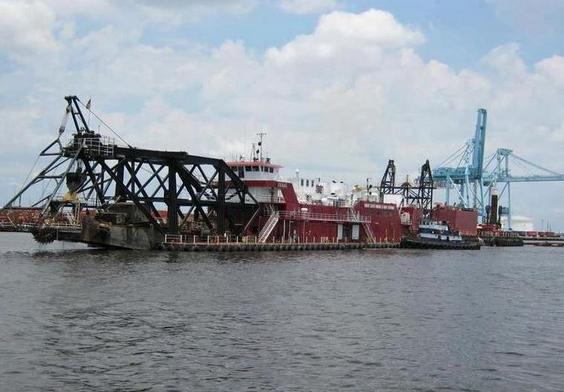Watershed Planning
Environmental regulations require the development and implementation of watershed plans to meet water quality standards and protect water resources. Engineers and regulators working with impaired or threatened waters must undertake watershed planning that considers all stages in the land development process from land use planning through to land development and post occupancy.














